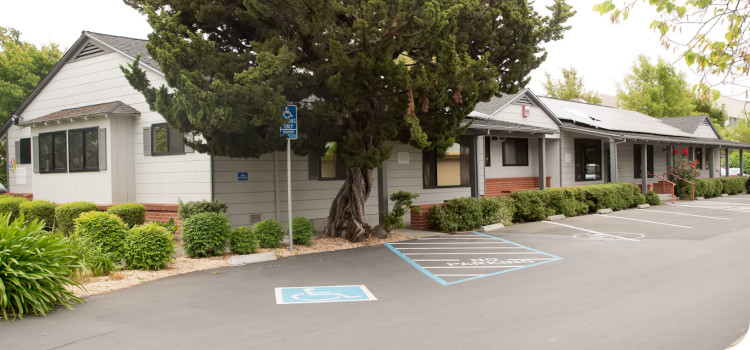 Oral surgery offers a number of solutions for dealing with oral health concerns that are too complex for general dental treatment. Issues that can impact structures beyond your teeth and gums, such as your upper or lower jawbone, may require surgery to address in a successful manner. In some cases, that solution includes surgically grafting the jawbone to strengthen it, which may be a prerequisite to receiving dental implants if you’ve lost one or more teeth. Today, we examine a few important facts about jawbone grafting, and how you can benefit from it if your oral surgeon recommends it.
Oral surgery offers a number of solutions for dealing with oral health concerns that are too complex for general dental treatment. Issues that can impact structures beyond your teeth and gums, such as your upper or lower jawbone, may require surgery to address in a successful manner. In some cases, that solution includes surgically grafting the jawbone to strengthen it, which may be a prerequisite to receiving dental implants if you’ve lost one or more teeth. Today, we examine a few important facts about jawbone grafting, and how you can benefit from it if your oral surgeon recommends it.
Different types of jawbone grafting
Jawbone grafting is the process of grafting donor bone material to a small portion of your jawbone. However, the details of the procedure can differ depending on whether the graft is on the upper or lower dental ridge. For example, your lower dental ridge is naturally more dense than the upper dental ridge, which means it can sustain some levels of erosion without needing grafting. If grafting the lower ridge is necessary, the procedure may be a more conservative one compared to the upper ridge, which is adjoined closely by the floor of your sinuses. Augmenting the upper dental ridge is often know as a sinus lift because it involves gently lifting the sinus floor to make room for the jawbone graft.
The need to strengthen your jawbone
The cause of your jawbone erosion can play a significant role in your jawbone grafting procedure. For instance, some patients lose mass and density in their jawbone following the loss of one or more teeth roots. These roots are meant to keep the jawbone strong by stimulating it every time you bite and chew, and losing one can lead to the jawbone losing some of that stimulation. Other causes may be congenital, meaning the jawbone has been structurally weak since birth, or it may be the result of a chronic oral health condition, such as periodontal disease, that gradually erodes the bone structure.
Is it necessary for dental implant placement?
In addition to the cause of jawbone erosion, the need for jawbone grafting can also be different depending on the state of your oral health. One of the more common reasons for recommending it include preparing for dental implant placement. If you’ve experienced tooth loss and jawbone erosion, then rebuilding your smile with one or more dental implant posts might require fortifying the jawbone structure first. Otherwise, there may not be sufficient mass and density in the ridge for the bone to properly heal to the implant posts, or to support them under the weight of your full bite.
Learn more about the benefits of jawbone grafting
When your jawbone structure isn’t as strong and dense as it used to be, grafting may be a good solution for strengthening it. To learn more, or to schedule a consultation, call Santa Rosa Oral Surgery in Santa Rosa, CA, today at 707-545-4625.

